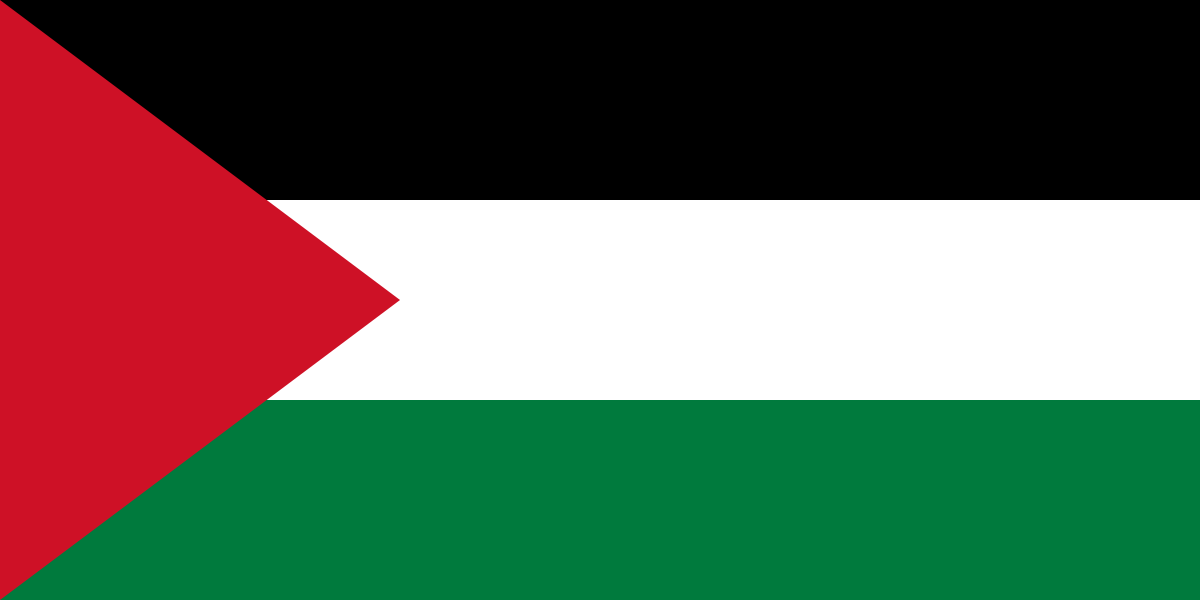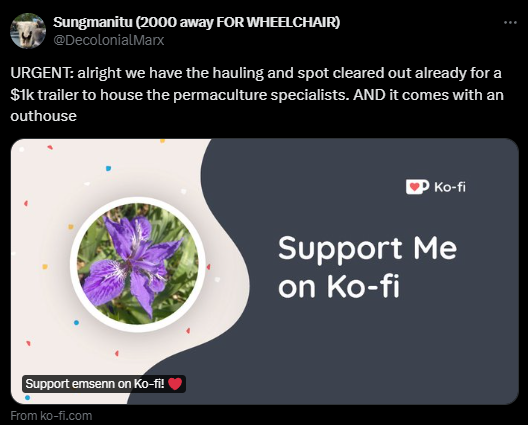Here is a bit of an update post for CLN and the many things we have underway, our goals, and plans to accomplish them though it is in slide form, just trying to condense larger documents that are being finalized
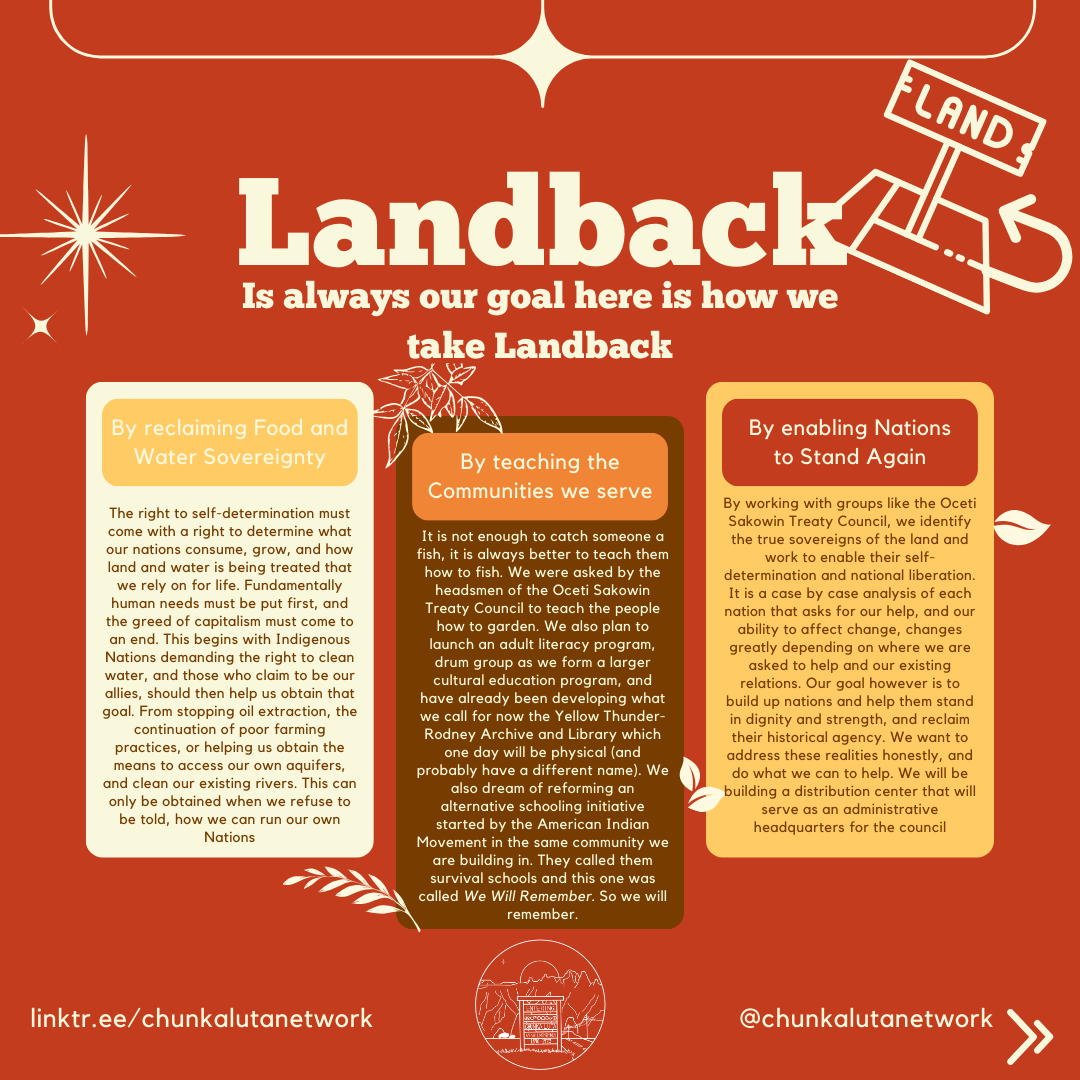
Our main goal is to offer an actual Marxist-Leninist position on landback, that is easier to articulate than the current offerings by many groups that all boil to Indigenous self determination and ending of global colonial exploitation
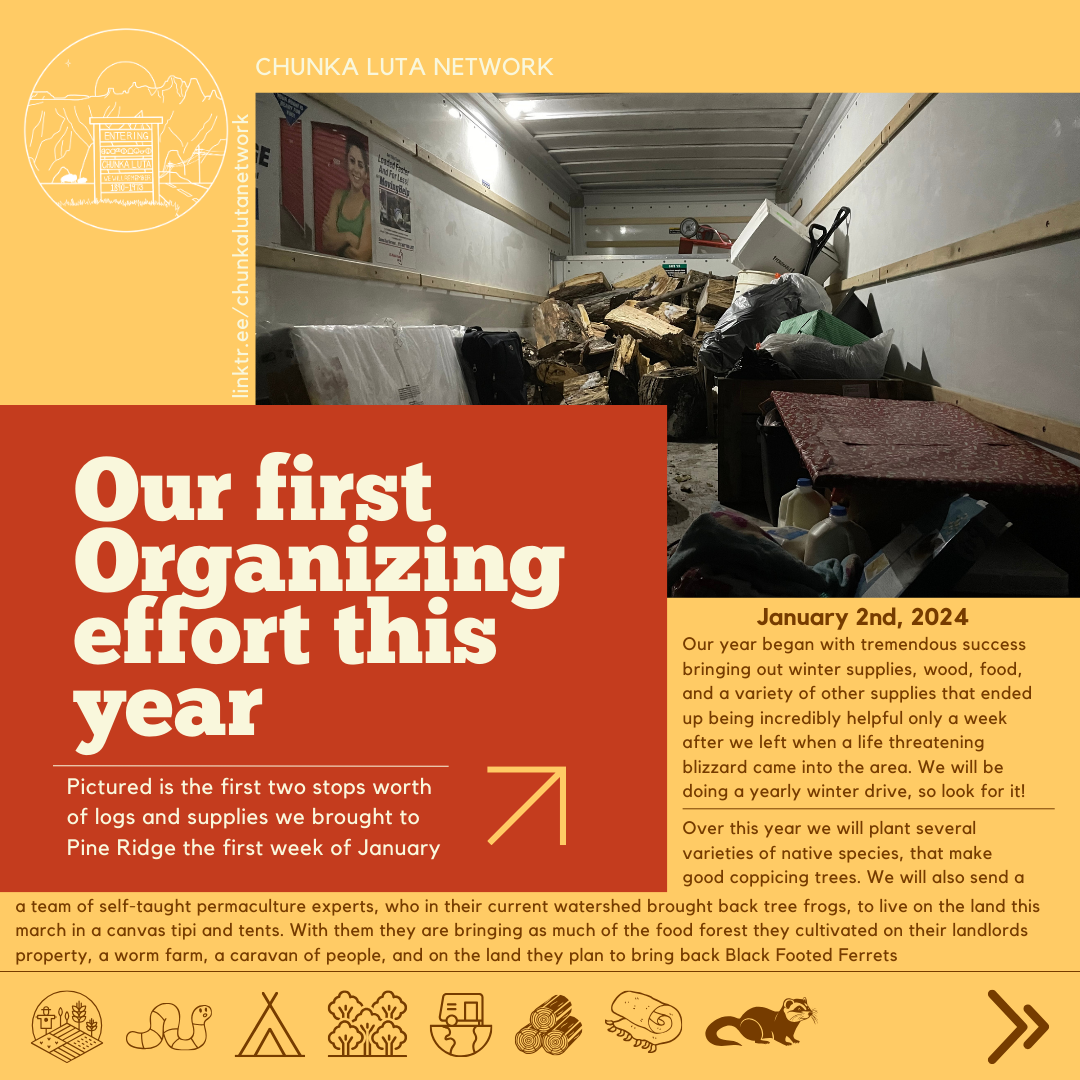
We are a organization based in demcent, and scientific socialism. There are many like minded groups and individuals working towards the collective liberation of the land, and life from the contradictions of colonialism and Imperialism.

Our goal is to go beyond cheerleading, and instead enable people to lead. This was my largest criticism of The Red Nations "The Red Deal" and you can hear more of my in depth thoughts starting Season 8 on the Marx Madness podcast. I offer 40 hours of reading you the book word for word and offering my criticism as openly as I could.
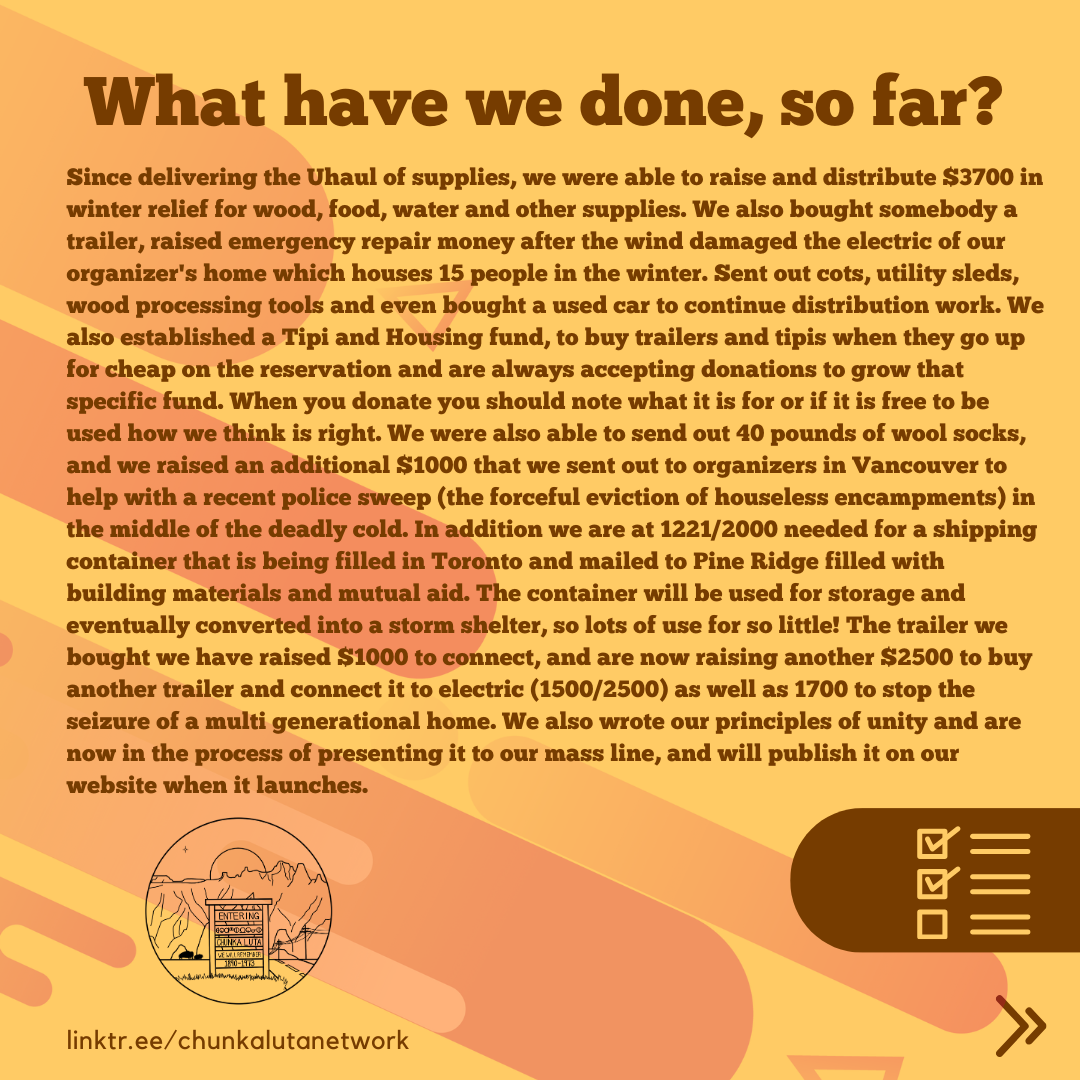
The specific house at risk of seizure is my dad's who is a Union member, and my brother who has a different dad but live with my dad also live there. They have 3 kids in the house and he's a native with a record in a bordertown so the financial situation has been hard after some medical issues occurred, some legal issues, and then some neighbor issues on top of the city raising water rates and their bill being $400 this month so they could really use this help and can even pay people back if you want after they get their tax return which has been delayed for one reason or another due to paper work taking a while to get to them.
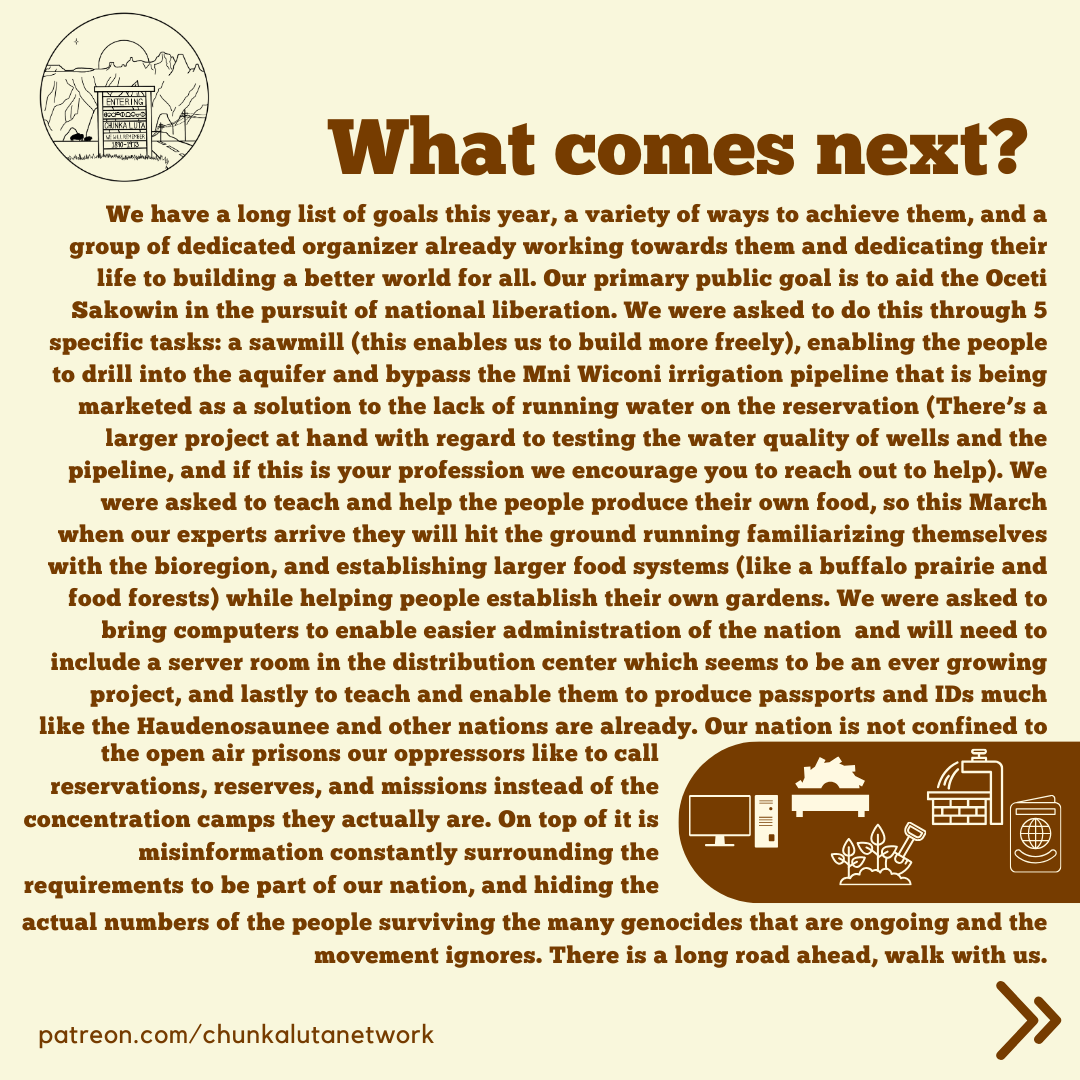
Our biggest goal is self determination through dual power systems during a war of position. Through this preparation we demonstrate an ability to build, plan, and lead. This we think is an important ability for any cadre, and we do this through building up cadres in different regions across the world.

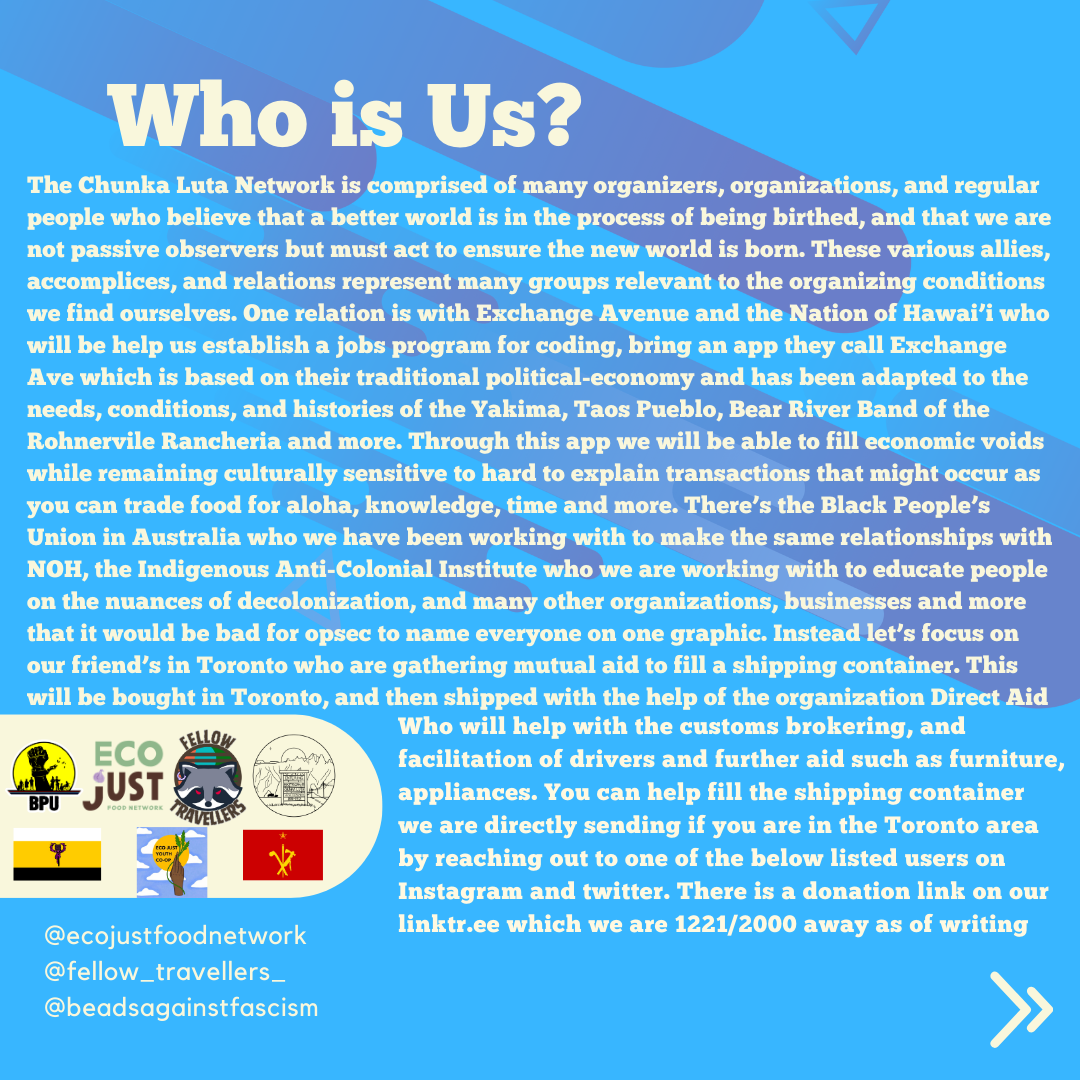
One of these groups is in Toronto and is working to send the shipping container we are raising money for to pay back the organizers who fronted the last portions to assure we got the container in time for the deadline.

We are of course most excited about the future so I encourage people to keep their eye out for the website where we will be uploading public viewable financial information, there we will also replace the patreon and liberapay but for now you can find links to those https://linktr.ee/chunkalutanetwork as well as various GFM links to efforts mentioned in the updates
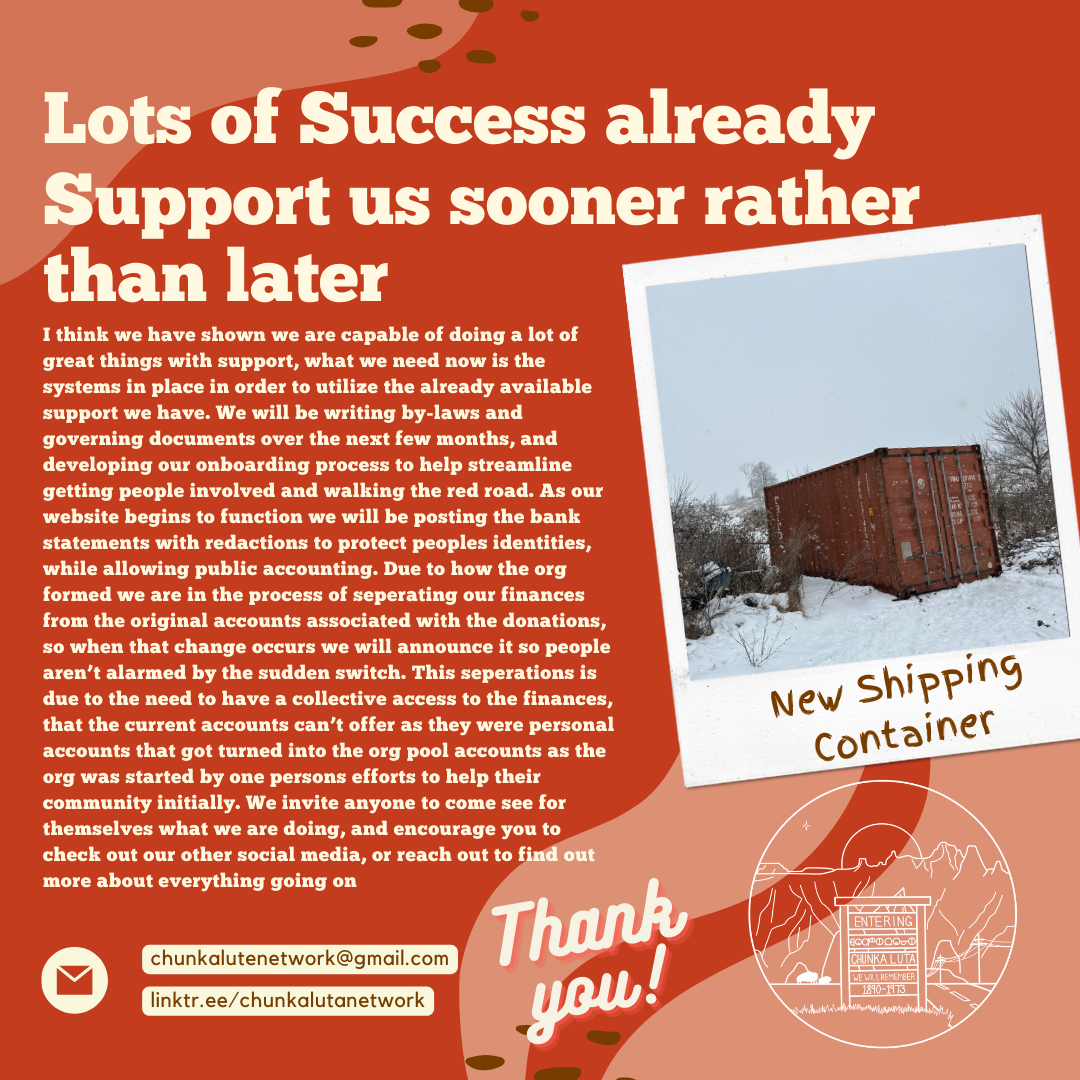
We are doing great things and I think everyone should check out our friends at the Nation of Hawai'i, Black Peoples Union in Australia, and more
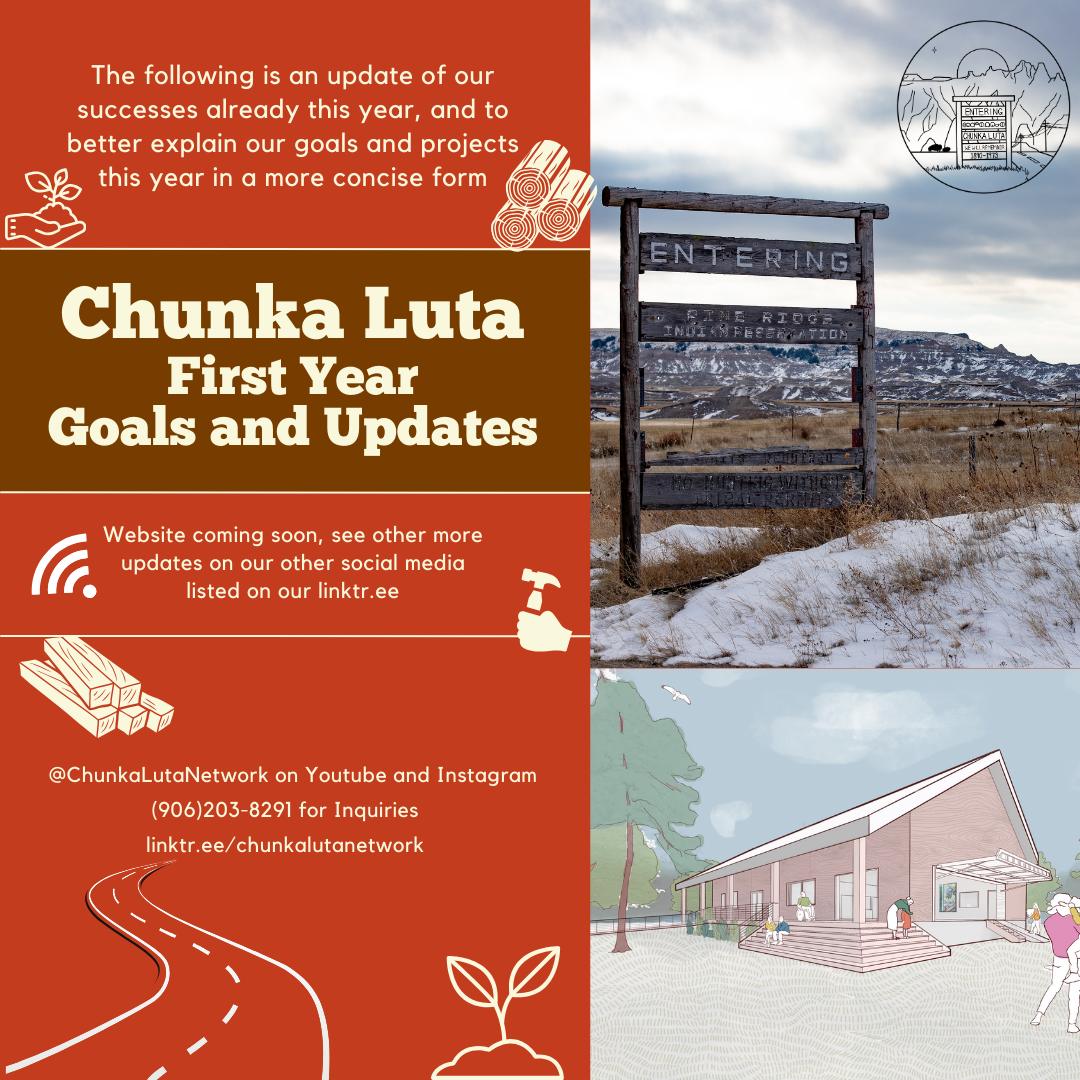
Here is a dossier we have been developing for the last year, that's gone through a review by the communities we serve, as well as our organizers, and now it is time for our public review: That is why I am posting this here

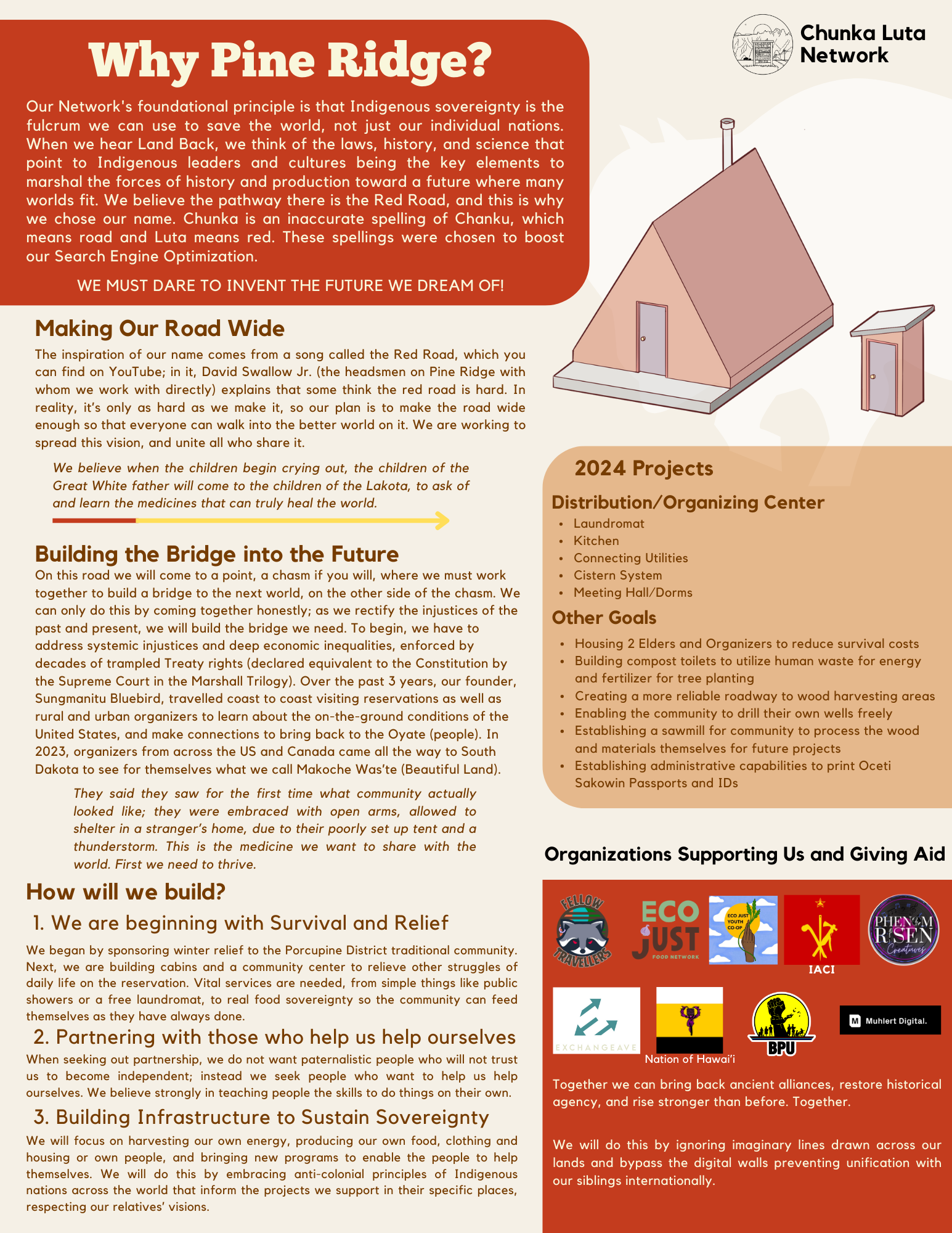
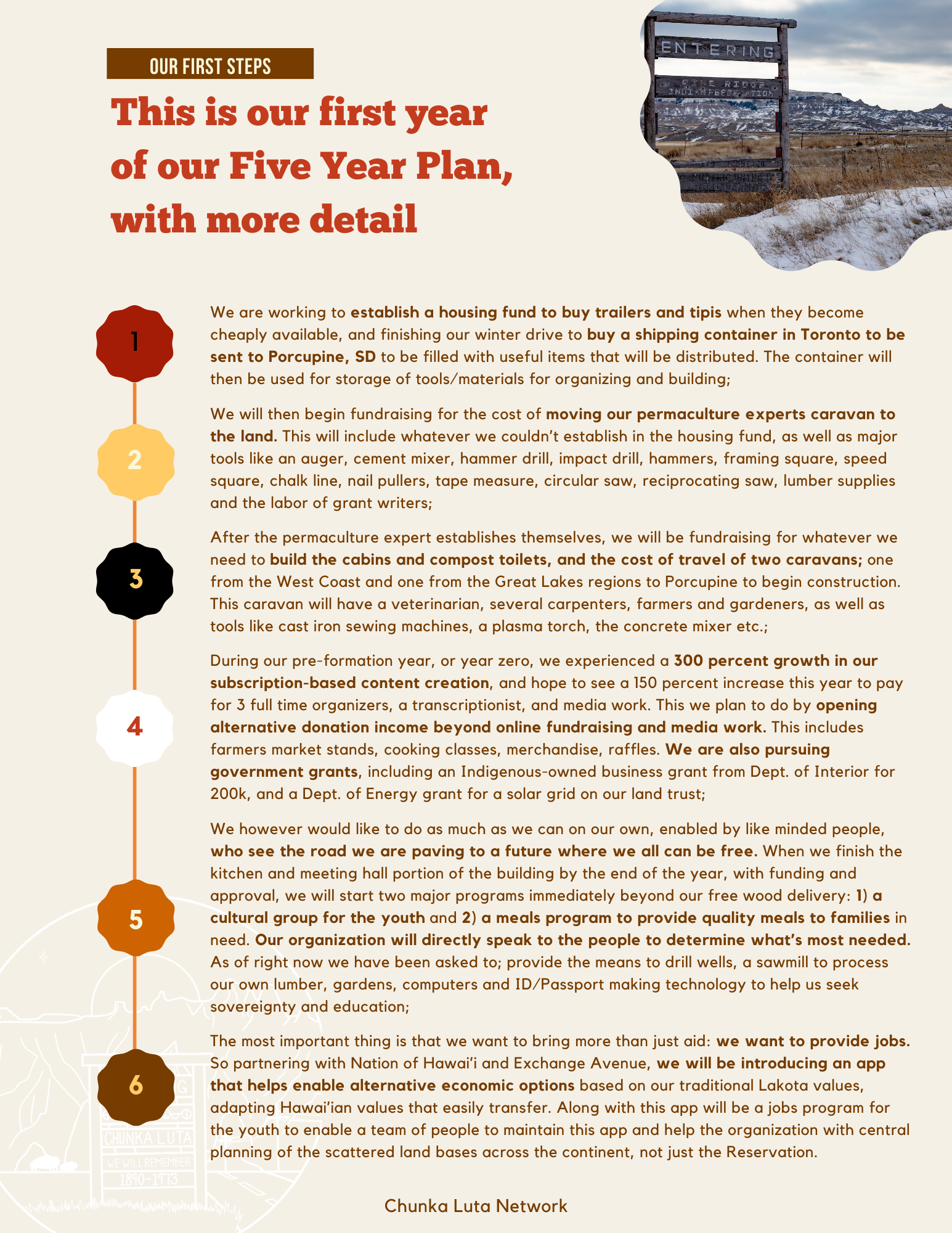
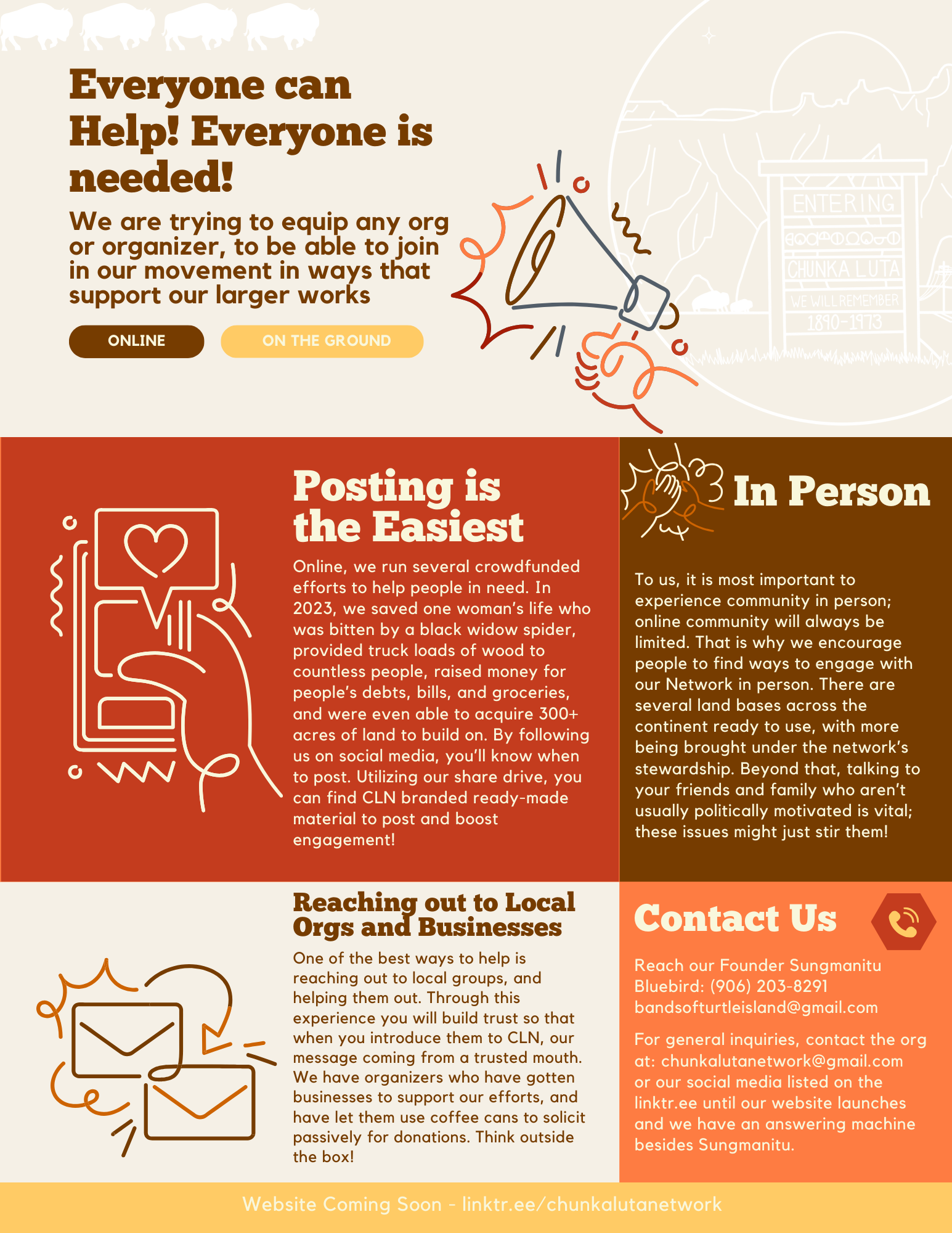



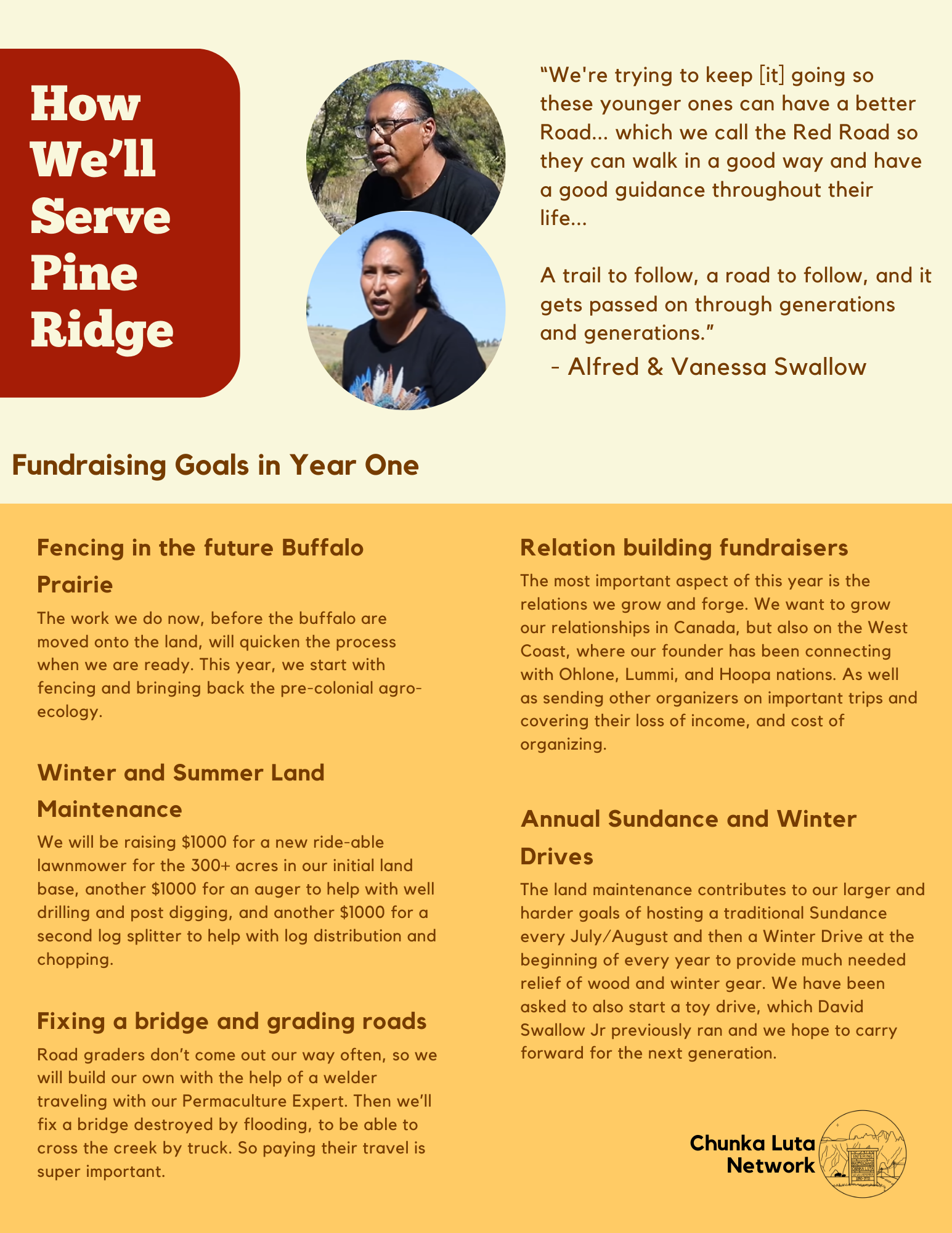
Along with videos in development, a further public five year plan, and several theoretical pieces of our unique contribution to the contemporary theoretical landscape, we have joined with the budding Indigenous Anti-Colonial Institute that you can find the first episode on youtube and spotify idk about anything else yet. Already this year we brought a 20' Uhaul full of wood, winter gear, hygiene materials, gardening materials, and whatever else we could fit like a child's bed. We also raised the money to purchase a new home on the land, are in the process of sending 40 lbs of socks to the Rez, raised 500/2500 of the storage container costs we need by the end of the month, are finalizing our Principles of Unity, facilitating 4 nation to nation treaties, are halfway to our goal of 2k a month to support our organizers survival with 500 stipends, and have raised several thousand dollars in the last day to keep folks alive during this deadly weather

I am attempting to bypass the character limit via the photos so forgive me. However we are on a great trajectory and the momentum is undeniable. On https://linktr.ee/chunkalutanetwork you can see several fundraising efforts we are doing and see our liberpay and patreon options to become monthly sustainers of our efforts, our website will be launching later this year, and really get involved. Help out. Theres so many ways and I think we are proving ourselves very capable at organizing great things, and you will see us move mountains this year. So follow our various social medias, and Im seriously going to try to engage here this year. I just hate social media in general and this doesnt give me a bright notification on my phone. We also highly encourage sharing and in our library (once I update the materials available) stuff like this will be readily accessible for your posting pleasure

https://youtu.be/4j48owNmquc?feature=shared here's a great video featuring more of the Swallow family, new media from the winter drive coming soon check out our linktr.ee/chunkalutanetwork for ways to support our work and organizing efforts.
yewtu.be
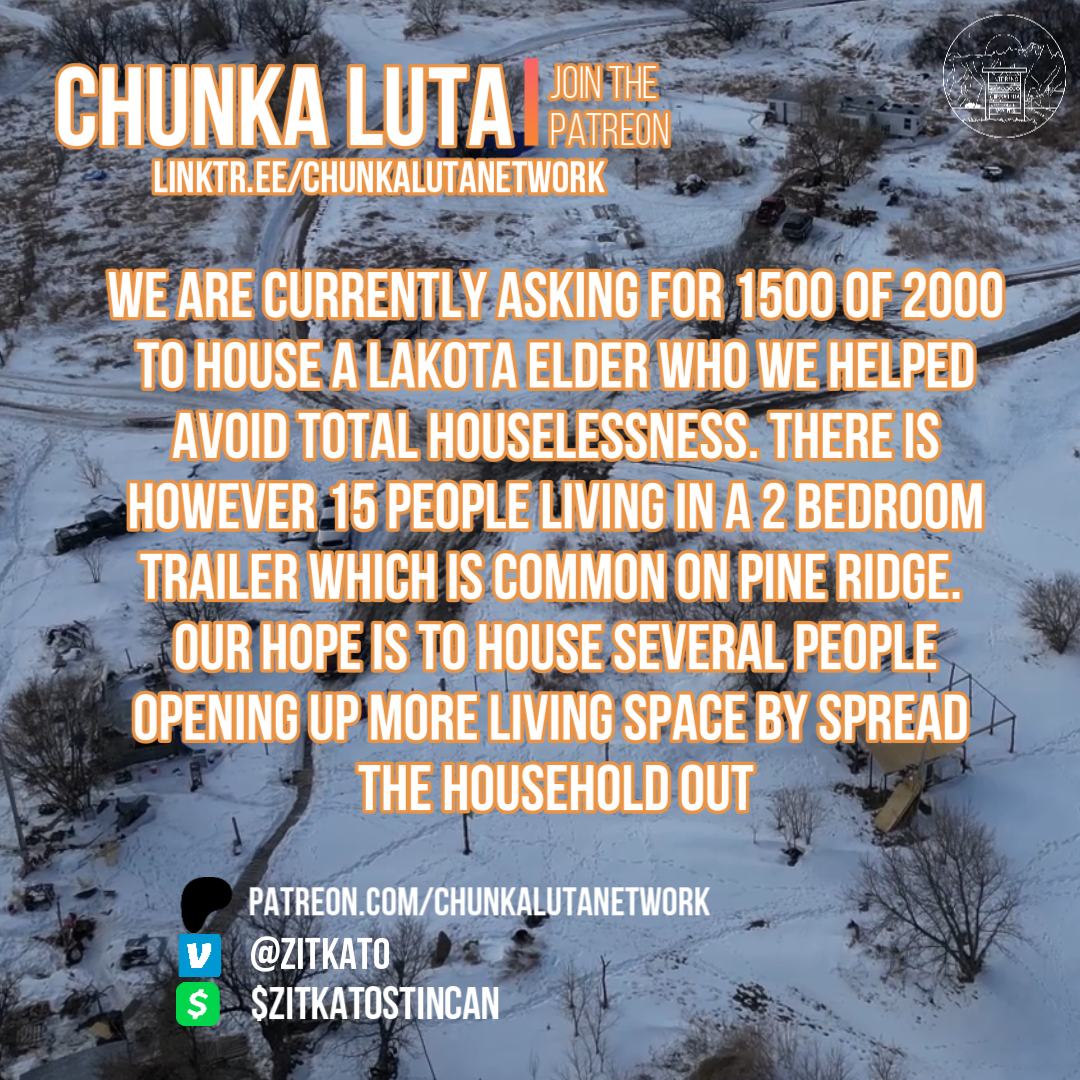
by Fernanda Wenzel
- River levels in parts of the Brazilian Amazon are even lower than in 2023, when the region experienced its worst drought.
- In the Munduruku Indigenous Territory, in Pará state, low river levels are forcing communities to drink water contaminated by mercury.
- Indigenous leaders call for immediate help while children suffer from diarrhea and stomachaches.
One year after being hit by its worst drought ever recorded in the Amazon, Brazil is facing it all again. According to the National Center for Natural Disaster Monitoring, CEMADEN, the country is going through its worst drought since 2015, but now, it’s widespread in almost all regions. More than a third of Brazil — an area equivalent to the size of India — is facing drought at its worst.
The situation is especially bad for Amazon rivers, which haven’t seen enough rain since 2013 and have reached historic lows. The Solimões River section in Tabatinga municipality, in the state of Amazonas, hit 94 centimeters (37 inches) below the station’s reference level. Previously, the lowest level recorded had been 86 cm (34 in) in 2010.
In the state of Mato Grosso, where rivers feed basins in the Amazon, the Pantanal wetlands and the Cerrado savanna, the Paraguay and Cuiabá rivers have also reached historic lows.
According to experts, the new crisis is fueled by the warming of the North Atlantic waters, responsible for diminishing the rains in northern Brazil and by climate change.
In the Munduruku Indigenous Territory, in Pará state, several small rivers and springs used as water sources have already dried up. As a result, people from around 10 villages are drinking water from larger rivers like the Tapajós, one of the main illegal gold mining hubs in the Amazon. As a result, the Indigenous people are consuming water polluted by mercury, a toxic substance smuggled into Brazil and used to separate precious metal from other sediments.
“The river has this dirty water, and the children can’t drink it,” João Akay Kaba, coordinator of the Pusuru Indigenous Association, told Mongabay. “Some of them drank dirty water and got health problems like diarrhea and stomachaches.”
by Dan Collyns
- The Forest Stewardship Council (FSC) has suspended the certification of Maderera Canales Tahuamanu (MCT), a logging company whose concession borders Madre de Dios Territorial Reserve in the Peruvian Amazon.
- The company is accused of encroaching on the traditional territory of the Mashco Piro, an Indigenous group that lives in voluntary isolation and went viral after video captured the tribe on a beach.
- The suspension follows an incident in which at least two loggers were shot dead with arrows, one injured and several others are missing during a confrontation with the Mashco Piro.
- The FSC suspension takes effect Sept. 13 and will last eight months — a move Indigenous rights advocates say is welcome but short of the full cancelation they deem necessary to protect the isolated tribe.
The Forest Stewardship Council has suspended its certification of a controversial logging company in the Peruvian Amazon accused of encroaching on the traditional territory of the Mashco Piro, an Indigenous group that lives in voluntary isolation.
The move on Aug. 30 by the FSC, the world’s leading certifier of sustainable forestry products, followed reports indicating that at least two loggers were shot dead with arrows, one injured and several others missing following a confrontation with the Mashco Piro on Aug. 29. The incident was reported by FENAMAD, a local Indigenous federation that represents 39 communities in Peru’s Cusco and Madre de Dios regions.
The FSC has suspended for eight months its certification for Maderera Canales Tahuamanu (MCT), a logging company whose concession borders the 829,941-hectare (2.05-million-acre) Madre de Dios Territorial Reserve, home to the Mashco Piro.
It said the certification would be suspended from Sept. 13 while it investigates the case and meets with Peruvian authorities to “understand the land classification issues.” The FSC added that it had imposed the suspension in “response to concerns about the MCT’s forest management concession’s location relative to the territory of the Mashco Piro.”
West Mexico is mysterious and often misunderstood. In some ways, a peripheral area and in other ways closely tied to the rest of Mesoamerica, West Mexico is a paradox. The Teuchitlán culture is the best known culture from this area and its beautiful art is a testament to its rich culture. Join us as we explore the Teuchitlán culture!
A group of Indigenous women are hoping to stop the bulldozers at a former Montreal hospital which they believe could hold the truth about children still missing from a grisly half-century-old CIA experiment.
They have spent the last two years trying to delay the construction project by McGill University and the Quebec government. “They took our children and had all kinds of things done to them. They were experimenting on them,” said Kahentinetha, an 85-year-old activist from the Mohawk community of Kahnawake, southwest of Montreal, who goes by just one name.
The activists are relying on archives and testimonies that suggest the site contains unmarked graves of children formerly interned at the Royal Victoria Hospital and Allan Memorial Institute, a neighboring psychiatric hospital.
In the 1950s and 1960s, behind the austere walls of the old psychiatric institute, the US Central Intelligence Agency funded a human experiments programme called MK Ultra.
During the Cold War, the programme aimed to develop procedures and drugs to effectively brainwash people. Experiments were conducted in Britain, Canada and the United States, subjecting people — including Indigenous children in Montreal — to electroshocks, hallucinogenic drugs, and sensory deprivation. “They wanted to erase us,” said Kahentinetha.
- Land titles have proven to be the most effective way to protect Indigenous peoples’ land from deforestation, with such territories experiencing a 66% decrease in deforestation, and therefore protecting these forests for generations to come.
- Recently, 37 land titles were secured in the Peruvian Amazon in record time, between June 2023 to May 2024, via a partnership between two NGOs and the Peruvian government, using an innovative, low-cost, high-impact model to expedite the process.
- “We believe this model can be replicated in other regions of the Amazon and perhaps even beyond,” the authors of a new op-ed write.
In a defining moment for the rights of Indigenous peoples in Peru, 37 land titles were secured in the Amazon in record time, from June 2023 to May 2024. This is not only a remarkable land rights victory for the region, but it also marks a significant step towards addressing climate change, reclaiming Indigenous peoples’ sovereignty and rights, and defending territories against external threats.
Land titles have proven to be the most effective way to protect Indigenous peoples’ land from deforestation, with titled land experiencing a 66% decrease in deforestation. Legal land ownership allows Indigenous communities to hold illegal loggers and land-grabbers accountable. Additionally, these titled lands act as a buffer zone, protecting adjacent Indigenous territories from invasion. Deforestation is a global concern, but for the Indigenous communities of Peru, it is also about preserving their heritage, culture, and very existence.
The process of securing land titles ranges from slow and bureaucratic to extremely dangerous. In Peru, more than 30 Indigenous leaders have been murdered over the past two decades for seeking titles for their territories and the recognition of their ancestral lands.
The federal government will pay up to $202m compensation to thousands of Indigenous workers whose wages were stolen while working in the Northern Territory last century.
The payout is part of the settlement of a class action on behalf of workers and their families who were subject to commonwealth wage control legislation between 1933 and 1971.
The Western Australian government settled a similar case last year for stolen wages in that state, agreeing to pay $165m while an action against the Queensland government resulted in compensation of $190m in 2019.
The Indigenous Australians minister, Malarndirri McCarthy, said she hoped the settlement would bring closure to First Nations people who were affected by the wage control legislation.
The ruling came almost a year after lawyers made their closing arguments in the September 2023 judge-alone trial, which was shown footage of Ahmo's final moments of consciousness — including a nearly 21-minute video that showed the inmate saying "I can't breathe" more than 20 times while under restraint in the prone position.
The judge said his review included considering the fact that Ahmo had been pepper-sprayed during the course of the altercation, something court heard can often make people feel like they can't breathe.
He said there "was every reason to believe" Ahmo's comments about not being able to breathe were because of that spray, "particularly given that Mr. Ahmo continued to fight, resist and struggle, and given that Mr. Ahmo can be seen breathing heavily at times on the video by virtue of his chest contracting in and out — something that would have been visible to those that were present ... including the accused."
if you're being restrained by racist cops in such a way that you can't breathe, attempting to struggle to keep from being murdered will be taken as evidence that you can in fact breathe
New Zealand’s Maori chiefs have anointed a 27-year-old queen as their new monarch.
The choice of Nga Wai hono i te po removed was welcomed as a symbol of change for the Indigenous community.
She is the youngest child and only daughter of King Tuheitia, who died last week.
After being selected by a council of chiefs, Nga Wai was ushered to the throne by a group of men bearing ceremonial weapons who chanted, screamed and shouted in acclamation.
New Zealand’s Maori make up about 17 percent of the population or about 900,000 people.
Maori citizens are much more likely than other New Zealanders to be unemployed, live in poverty or suffer cancer, cardiovascular disease, diabetes and suicide.
The Kiingitanga, or Maori King movement, was founded in 1858 with the aim of uniting New Zealand’s tribes under a single sovereign in the face of British colonisation.
The Maori monarch is a mostly ceremonial role with no legal status but has enormous cultural significance as a symbol of Maori identity and kinship.
Queen Nga Wai is the eighth Maori monarch and the second queen.
Another article details how the fraudster claims he acquired the fake paintings from the artist:
The provenance info indicated Voss's father was a guard at the Kenora, Ont., jail, where Morrisseau was periodically incarcerated, said the statement. It alleged guards obtained many paintings from the artist.
Truly disgusting. The settlers love to infiltrate indigenous arts, eating it hollow and wearing its skin.
The Apache Stronghold, on its way to U.S. Supreme Court in Washington, D.C., made a stop on their “Journey of Prayer”in the city of Montgomery, Alabama, the birthplace of the civil rights movement and home of the Dexter Avenue Baptist Church where Dr. Martin Luther King, Jr. first served as a full-time pastor.
This church and Dr. King played a central role in uniting the local community in the struggle against what King called the evils of materialism, militarism, and racism.
The Stronghold was reminded that in 2013, Apache Stronghold's Executive Director Dr. Wendsler Nosie, Sr., in honor of Dr. Martin Luther King, received the Presidential Award from the National Progressive Baptist Convention, becoming the first Native American to receive the award.
Dr. Nosie remembered how humbling it was that people in the East thought of him in the West and that these struggles for civil and human rights are connected to what this whole journey to the supreme court is all about. The struggle for freedom continues as Dr. Nosie reflected, “It’s time to use all our combined voices for civil and human rights to fight for Mother Earth, the greatest gift God has given us.” So far on this journey we are happy to see that the churches are bringing in the importance of protecting Mother Earth. We have to make the air, the water, the earth a priority because we will only be able to stop the shattering of human existence by protecting God’s greatest gift, our Mother Earth.
MINNEAPOLIS — In the 19th century, Native Americans created a food called frybread using the meager rations provided by the US government. By creating a more filling dish when food was scarce, they increased their chances of surviving their persecution. While each tribe developed its own unique recipe, over time, all frybread became synonymous with survival and resilience.
Over 100 miles from the nearest reservation, centuries of oppression have manifested in the Native communities in Minneapolis and St. Paul, leading to high levels of addiction and violence. As the birthplace of the American Indian Movement (AIM) in 1968, many Indigenous people have been fighting these forces for centuries. The people, who are all too familiar with overdoses, high crime rates, and low graduation rates, have turned to tradition, spirituality, and community to not only survive, but to live.
It was the government that placed their ancestors in boarding schools, unapologetically stripping them of their Native identities. Now, decades later, they are still fighting to restore their cultural heritage and reclaim their past. This project was completed over the course of my 10 weeks, all of which were spent researching, photographing, and talking with people from Indigenous communities in the Twin Cities.
Now one of the nation's oldest urban Indian centers, the Minneapolis Regional Native American Center (now the Minneapolis American Indian Center) opened in 1975 on Franklin Avenue. In hosting many public events and regional basketball tournaments, it quickly become a cornerstone of the community. Its presence, along with other important landmarks, underscored the growing cultural and social infrastructure supporting the Native population in Minneapolis.
Today, Franklin Avenue, now a bustling hub of cultural and social activity, is a central part of the Indian Cultural Corridor. The area stands as a testament to cultural perseverance and community strength. However, it also faces significant challenges, including rising homelessness and drug addiction, exacerbated by the ongoing fentanyl and heroin crisis.
a "confrontation" occurred that led to two Mounties firing their guns, according to a news release RCMP issued Friday afternoon. The boy later died in hospital.
Passive voice cop murder descriptions are a phenomenon across the settler world
The Wet’suwet’en village of Witset bustles on a hot August morning as locals cast their spears into the Bulkley River below the Morricetown canyon.
The salmon run this year is low. Still, Wet’suwe’ten people continue fishing in the hopes of catching a few to process, smoke, and can — a tradition integral to their way of life. However, Wet’suwet’en Likts’amisyu Clan Wing Chief Dsta’hyl, also known as Adam Gagnon, wasn’t able to partake this year.
Perched on a hill overlooking the canyon, he watches things unfold from his home, where he’s been held captive for most of his days since July 3 as he completes a sentence of 60 days house arrest.
“It was a blessing in disguise,” said Dsta’hyl, about not having to serve his time behind bars. Yet he remains defiant, and plans to appeal. “All of us have to start standing up. We must raise our children to start taking control of their own territories.”
In late July, Amnesty International took the extraordinary step in naming Dsta’hyl Canada’s first ever designated prisoner of conscience, and now demanding his immediate and unconditional release.
“The Canadian state has unjustly criminalized and confined Chief Dsta’hyl for defending the land and rights of the Wet’suwet’en people,” Amnesty International’s Ana Piquer stated in a press release. “As a result, Canada joins the shameful list of countries where prisoners of conscience remain under house arrest or behind bars.”
In October 2021, Dsta’hyl was arrested and charged with criminal contempt after confiscating and decommissioning heavy equipment utilized by Coastal GasLink to construct its LNG pipeline on unceded Wet’suwet’en territory. Dsta’hyl said he was enforcing Wet’suwet’en laws as the company did not have the free, prior and informed consent of hereditary chiefs to build the pipeline.
Continuing Israeli attack on locations across northern West Bank highlights Israel’s treatment of the occupied territory.
At least nine Palestinians have been killed in a wide-ranging Israeli attack on the northern occupied West Bank, focused on the governorates of Tulkarem, Jenin and Tubas.
According to the Palestinian Red Crescent, four people were killed by Israeli forces in the Fara’a refugee camp in Tubas, three people in an Israeli drone attack on a vehicle in the village of Seir, near the city of Jenin, and two were killed in Jenin itself.
Jenin, with a population of about 39,000, is reported to have been entirely sealed off by Israeli forces. The governor of Jenin, Kamal Abu al-Rub, said that Israeli forces had cut off access to hospitals and other medical facilities in Jenin, and Israeli media outlets reported that Israeli soldiers had surrounded hospitals in Tulkarem and Tubas.
The Israeli military has described the assault, which began early on Wednesday, as the largest in the West Bank in two decades, and has released a joint statement with the Israeli police describing it as a “counterterrorism operation” targeting Palestinian fighters.
- China was up for a Universal Periodic Review with the U.N. Human Rights Council, in which other member countries analyzed its actions abroad and provided recommendations to improve.
- Some of the most popular concerns were connected to the environmental and social conflicts affecting Latin America, including violence against activists, rushed impact studies and weak oversight of projects ranging from dams and highways to mines and bridges.
- China accepted a record ten out of 11 recommendations, giving hope to some that the country will change how it handles future projects in the region. But some critics are concerned that the country won’t keep its word.
It’s been a little over a decade since China launched its Belt and Road Initiative, a global program to improve relations with Latin America and other developing regions through trillions of dollars in investment in infrastructure and energy projects. But China hasn’t always carried out those projects in a responsible way, sparking outcry about their environmental impact and human rights violations, especially against Indigenous communities.
Recently, China was up for a Universal Periodic Review with the U.N. Human Rights Council, in which other member countries analyzed its actions abroad and provided recommendations to improve. Some of the most popular concerns have been emblematic of the environmental and social conflicts affecting Latin America, including violence against activists, rushed impact studies and weak oversight of projects ranging from dams and highways to mines and bridges.
China accepted a record ten out of 11 recommendations, giving hope to some that the country will change how it handles future projects in the region.
“China’s recognition of these problems is a crucial step towards accountability and transparency,” Paulina Garzón, director of Latin America Sustentable, said in a statement.
More than 200 civil society groups participated in the process, including a consortium from Latin America called the Collective on Chinese Financing and Investment, Human Rights and Environment (CICDHA), made up of groups from across the continent.
i think its good China said its willing to help more in latin america in areas like enviroment and social conflicts, their big push for solar energy shows they care about green policy
(AP) — A bipartisan group of senators is demanding immediate action from USDA Secretary Thomas Vilsack after several tribal nations reported that a federal food distribution program they rely on has not fulfilled orders for months, and in some cases has delivered expired food.
Last spring, the USDA consolidated from two contractors to one for deliveries of its Food Distribution Program in Indian Reservations. In a letter sent to Vilsack on Friday, the senators expressed concern that Native American families across the country are experiencing “extreme disruptions.”
“Participating households have not had consistent food deliveries for over four months,” the senators wrote. “This is unacceptable.”
Democratic Sen. Jeff Merkley of Oregon said he was stunned to hear from five tribal nations in his state this summer that they have been struggling to meet their families’ needs since the consolidation.
“The USDA must swiftly and fully address this self-inflicted crisis,” Merkley said in a statement. “There can be no more excuses for food delays, missed deliveries, or delivery of expired products.”
- The government in Suriname announced an offering of the world’s first sovereign carbon credits through the UNFCCC Paris Agreement framework, allowing the country to issue and trade carbon credits with other countries and the private sector.
- But communities living in the forests that made the credits possible say the government rushed the process and didn’t take them into account, leaving many of them in the dark about how the program works and what the benefits are.
- Indigenous and Tribal peoples would receive just 10% of carbon credit revenue from the program, according to government documents reviewed by Mongabay. But the communities don’t understand how it will be distributed.
Local and Indigenous communities in Suriname are speaking out about a new carbon credit trading scheme that they say the government pushed through without consulting them. They’re worried they’ve been left out of forest conservation policies and revenue sharing tied to land that they have ancestral claims to.
The government in Suriname announced an offering of the world’s first sovereign carbon credits through the UNFCCC Paris Agreement framework, allowing the country to issue and trade carbon credits with other countries and the private sector. But communities living in the forests that made the credits possible say the government rushed the process and didn’t take them into account.
“The people who’ve really been caring for the forest and who need to be strengthened first and foremost are kind of a side note. They’re kind of an afterthought,” John Goedschalk, head of Climate Change Advisory Services, told Mongabay. “…The government put together this whole process and this whole system, and then they went to the communities and said, ‘Oh, by the way, this is it.’ I mean, that’s just wrong on so many levels.”
Carbon credits allow businesses and countries to offset their greenhouse gas emissions, in many cases by applying the credits to rainforests with high levels of biodiversity. Rainforest carbon credits in Suriname are meant to preserve the Amazon and cancel out other emissions abroad.
Suriname is covered by approximately 93% Amazon Rainforest and is one of the only countries in the world with net-negative carbon emissions, positioning it as a potential leader for the emerging carbon credit market. It’s the first country to offer these types of carbon credits — officially known as Internationally Transferred Mitigation Outcomes (ITMOs) — as laid out in the Paris Agreement.
The country’s ability to conserve so much forest cover is largely due to Indigenous and Afro-descendent peoples who have actively defended the rainforest from mining, agriculture and logging despite not having their land rights officially recognized by the government.
They say they were largely left out of the development of the new carbon credit program in the months leading up to its launch.
Not everyone respects that right. But the Wampanoag are determined to continue, saying their work is an essential expression of 12,000 years of heritage, sovereignty, and lifeways.
Pocknett, a member of the Wampanoag tribe, is a regular here on Mashpee’s Little River, a stretch of Cape Cod ringed by multi-story homes, each with its own private dock. He knows all the good fishing spots—or at least, what were once good fishing spots—along the murky perimeter.
Pocknett steered down a gravel driveway and parked between two wind-worn wooden houses, unfurling his 6’7” frame from the driver’s side, boots first. He hefted a 50-pound rake and stack of plastic baskets from the bed of his truck and tramped toward the river, ignoring the “private property” warnings staked around the backyard. Like his ancestors for 12,000 years, he had come to this river in search of a hard-shelled clam known as a quahog, and no amount of anti-trespassing signs could keep him away.
Low-lying Mashpee is carved from water: from mosquito-bogged marshes, pine-shrouded ponds, and rivers that wind in brackish ropes past condos and golf courses. Since the 1970s, much of the town’s waterfront has been privatized and developed by nonmembers of the Wampanoag tribe.
The manicured and serene landscape above the waterline belies tremendous damage below, where shellfish and finfish have thinned—and in some cases disappeared—due to nitrogen pollution emitted from multi-million–dollar developments and their septic tanks. Stripped of land and resources, a dwindling group of Mashpee’s Wampanoag is committed now more than ever to asserting their rights to hunting and fishing.
These “Aboriginal rights,” as they’re legally known, are reflected in treaties between the U.S. and sovereign Indigenous nations, and grant unlimited harvests, even from private property. But not everyone on Cape Cod respects these rights, sometimes resulting in screaming matches and 911 calls. Wampanoag fishers, like Pocknett, are forced to shrug it off. Their work, they say, is to both triage a dying ecosystem and continue an essential expression of their heritage, sovereignty, and lifeways.
Olivia Gray says she doesn’t want Oklahoma public schools to force Christianity on her daughter, who is a sophomore at SHS
Skiatook High School sophomore, Nettie Gray, received an assignment this week that left her and her family confused and upset. On Thursday evening, her mother Olivia Gray posted about the assignment on Facebook and hundreds of comments began to roll in.
The post read, “This is one of Nettie’s assignments for World History class. It’s being called a research paper. …” and included a photo of the assignment, which contained a series of ten questions about “how the world started” and urged students to write a research paper on the topic. Among the questions were “What does it mean to be a Christian?” “Is God real” and “Is satan [sic] real?”
The problem with the assignment, said Gray, is it has leading questions centering on Christianity. The issue also corresponds with State Superintendent Ryan Walters’ mandate that public schools must teach the Bible.
According to the U.S. Constitution, public schools cannot center on one religion but must instead abide by the First Amendment, which protects students’ rights to freedom of religion.
According to its clan systems, the Osage Nation has several versions of a creation story. They tell the story of the Osage, or the Ni-U-Ko’n-Ska, Children of the Middle Waters, who came down from the stars at Wakanda’s request. The Osage float down and land in red oak trees to form three of four divisions of the Osage people, the water, land and sky. The three divisions of Osage wander the earth in search of the fourth division, called the Isolated Earth People. Once they find the fourth division, they become complete.
indigenous
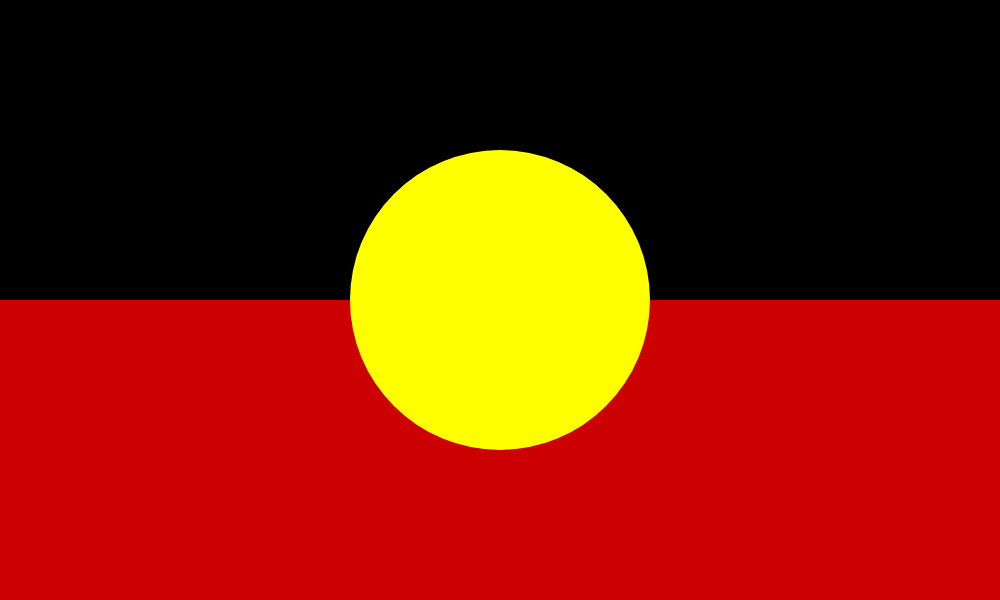
Welcome to c/indigenous, a socialist decolonial community for news and discussion concerning Indigenous peoples.
Please read the Hexbear Code of Conduct and remember...we're all comrades here.
Post memes, art, articles, questions, anything you'd like as long as it's about Indigenous peoples.
